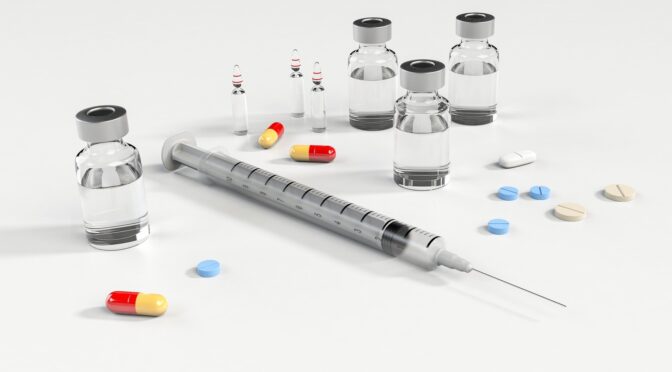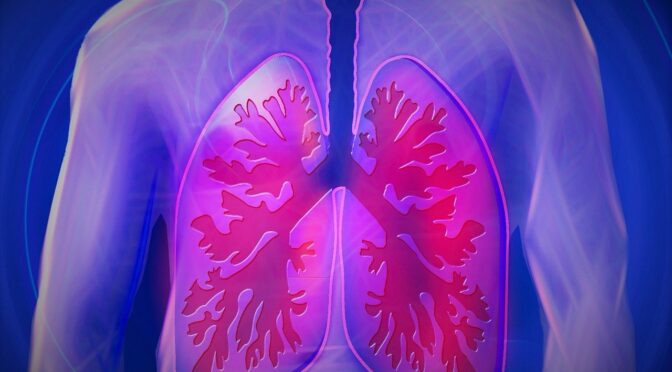« I am also happy that we can let science progress, that we can give it the means to progress. Because even if there are risks, the progress of science, we owe it a lot for the quality of our life and especially the extension of our life expectancy. And as long as we are not quite sure of what comes afterwards, we must hope that science will continue to keep us alive and in good health as long as possible here on earth ».
Pierre-Yves Maillard, Vice President of the Swiss Socialist Party, 2013.
Theme of the month: Self-experimentation and longevity
The slow progress of medical therapies for a much longer healthy life has multiple causes: cumbersome, time-consuming and costly regulations, patents preventing knowledge sharing, lack of transparency due to privacy laws, lack of publication of results and experimentation on the elderly, and lack of trials that rigorously respect scientific principles including double-blinding. This letter examines some of the ways in which this research can be accelerated.
Definition
Self-experimentation refers to the special case of research in which the researcher performs the experiment on himself.
Also known as personal scientific research, self-experimentation is an example of participatory science since it can also be conducted by patients or people interested in their own health and well-being, as both research subjects and self-experimenters.
It should be noted that in addition to self-experimentation, in order to obtain faster results, some people carry out what is called a « Human challenge study » or « Challenge trials », i.e. experiments involving the intentional exposure of the subject to the condition being tested (e.g. voluntary exposure to viral diseases for vaccine trials).
History
Self-experimentation has been practiced for centuries. Many scientists have risked their own health to help advance medicine.
Among the pioneers of self-experimentation:
- In 1844, the dentist Horace Wells injected himself with nitrous oxide in order to study its anesthetic effect.
- In 1886, Nicholas Senn inflated his bowels with hydrogen to diagnose a ruptured intestine.
- In 1985, Professor Barry Marshall drank the contents of a Petri dish containing Helicobacter pylori to prove that the bacterium plays a major role in the development of ulcers.
More recently, best-selling author Tim Ferriss claims to be an extreme self-experimenter. Alexander Shulgin, an American pharmacologist and chemist. He is known for creating new psychoactive chemicals. He has devoted his entire career to self-experimentation, publishing his results in widely acclaimed books. Finally, Josiah Zayner (The Odin company) is a famous biohacker who in 2016 performed a microbiome transplant including a fecal transplant, in an attempt to solve health problems (notably gastrointestinal).
The « Quantified Self » is a phenomenon born in the USA in the 2000s, which consists of using connected tools or mobile applications dedicated to health in order to measure, analyze and share personal data. Among the connected tools, there are physical activity monitors (bracelets, watches, pedometers…), sleep recorders, connected scales or mobile applications dedicated to women’s health (menstruation monitoring, pregnancy…).
Self-experimentation in the field of longevity
Liz Parrish, CEO of BioViva, is one of the most well-known self-testers. In 2015, she traveled to Colombia to become « patient zero » (= the 1st person to test) of two anti-aging therapies. These consist of two types of injections: a myostatin inhibitor to prevent age-related muscle loss; and a telomerase gene therapy to lengthen telomeres.
Some people, mostly self-taught and called biohackers, also engage in research for longevity by experimenting on themselves.
This is the case for Ken Scott, a 78-year-old longevity enthusiast who has changed his lifestyle over the past 10 years. Every three months, he injects 1 cc of amniotic exosomes and Dasatinib, an anti-cancer drug that is believed to help kill harmful senescent cells in the body.
For these experimenters, the FDA rules governing clinical trials frustrate their desire to try new medical technologies. In addition, there is also the issue of cost and time. A study conducted by the London School of Economics found that the average price to bring a drug to market was $1.3 billion. And research by BIO, found that it takes an average of 10.5 years from the time a drug is in Phase 1 of a clinical trial, i.e., the first human trial, to the time of regulatory approval.
Fortunately for biohackers, there are many cheaper and easier to access tools to measure their own medical data. For example, InsideTracker, a health monitoring company in the US, offers a complete analysis for $590 including a test on 43 blood biomarkers.
In addition, one of the most knowledgeable longevitists, named Reason, has published detailed how-to guides for self-experimentation on his Fight Aging website.
Conclusion
Self-experiments allow medical advances. With regard to aging, this is particularly desirable because most « classic » trials are done on young or very healthy subjects. What should be studied is the effect on elderly people or people in declining health.
It is important that legislative changes allow or even favor such research without delay and without any requirement other than the guarantee of truly free (i.e. financially disinterested) and informed consent.
The good news of the month but also the bad news of the global toll of the Covid-19 epidemic.
Jean-Marc Lemaître‘s new book « Guérir la vieillesse » is out. « What if old age was a disease and we could cure it? »
A study recently published in PLOS Medicine shows that healthy life expectancy is increasing (= the number of healthy years a person lives) even for people with common chronic diseases. Holly Bennett and the other researchers wanted to determine whether this extension of life involves an increase in years with or without disability. The team analyzed data from two large population-based studies of people aged 65 or older in England. For men and women with cognitive impairment, there is an increase in the percentage of years remaining on disability for both men and women. But overall, the average number of years of disability-free life expectancy increased between 1991 and 2011. For example, women gained 2.0 years and men gained 3.7 years.
But alongside this good news, there is unfortunately some bad news. An assessment of the impact of Covid-19 on life expectancy has been made by the American researcher P. Heuveline. This assessment is catastrophic. It is the first decrease in life expectancy in the world since 1950. This was not only the case for one year, but for two consecutive years. Global life expectancy decreased by 0.92 years between 2019 and 2020 and by another 0.72 years between 2020 and 2021. The world’s citizens have returned to the life expectancy of 10 years ago. These annual declines in life expectancy mean more than 15 million additional deaths in 2020 and 2021. Please note that this figure is still provisional. It is to be refined, but above all, there is no certainty of a return to normal. Especially if attention slackens, if the support to medical research weakens… For the longevitists of 2022, it will no longer be enough to « channel the river of progress », it will be necessary to reverse the current trend in terms of real impact on health.
Other scientific news in April from Heales.
For more information




